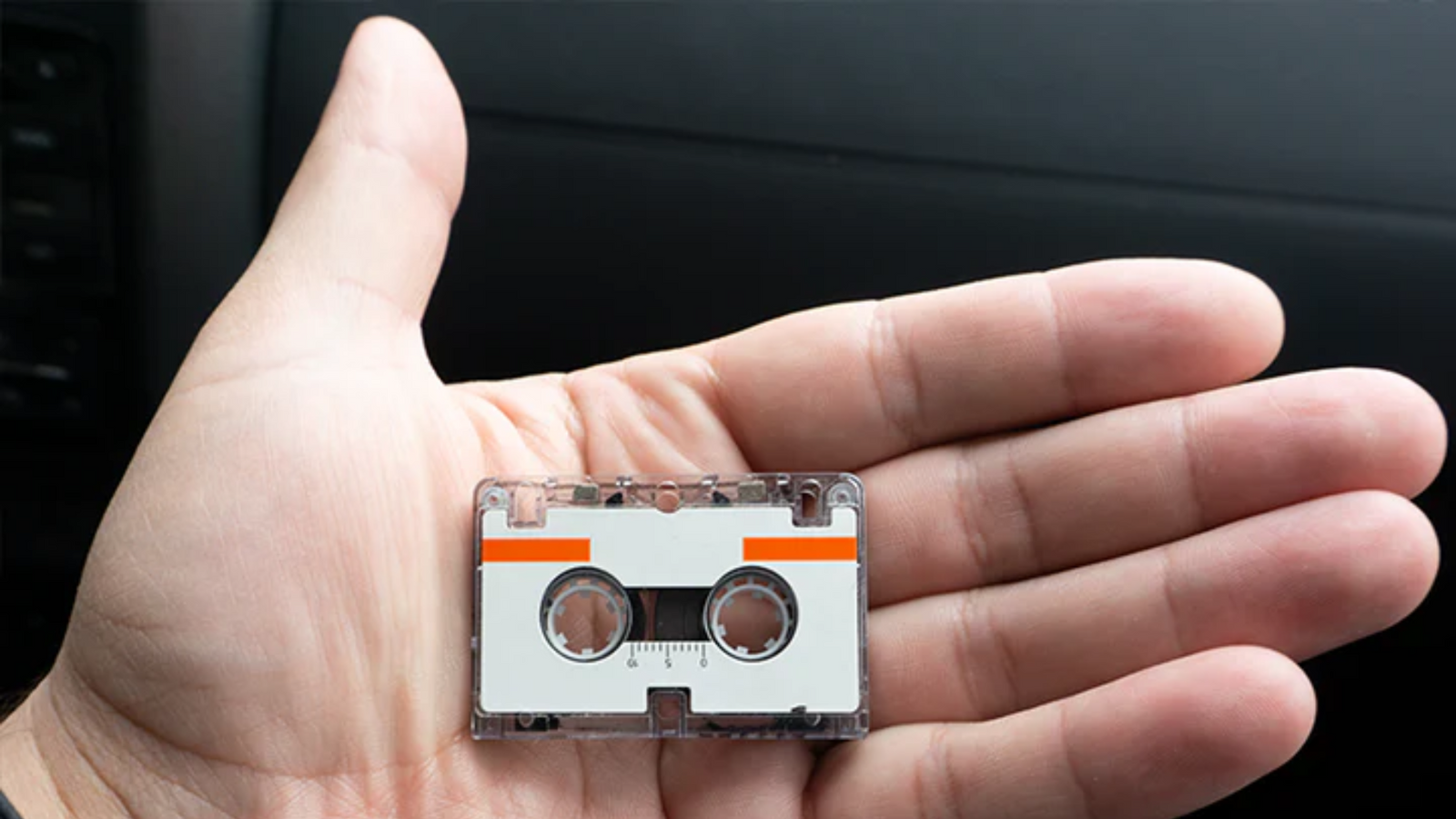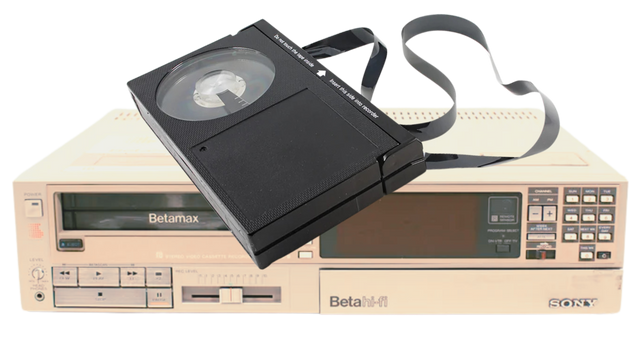Why Convert Microcassette to Digital?
Microcassettes may be small, but the memories and voices they contain can be priceless. Whether it's a long-lost voicemail from a parent, a college lecture, or even your child’s first words, converting a microcassette to digital could unlock powerful moments you didn’t know were still accessible.
Many people search for how to convert microcassette to digital service only to find conflicting advice or complicated solutions. Let’s simplify the process and explain how to preserve what matters.
How Microcassettes Were Used—and Why They're at Risk
Popular in the '80s and '90s, microcassette recorders were used for:
- Voice memos and dictation
- Interview recordings
- Family messages and storytelling
- Therapy notes or personal journals
But these tiny tapes degrade faster than larger cassettes. Audio can warp, become muffled, or disappear entirely due to age, magnets, or poor storage conditions. That’s why digitizing them isn’t just a good idea—it’s time-sensitive.

How to Digitize Microcassette Tapes at Home (If You Must)
If you’re curious about DIY options, you’ll need:
- A working microcassette player (increasingly rare)
- An auxiliary cable (3.5mm-to-3.5mm)
- A computer with audio recording software like Audacity
Steps:
-
Connect the player to your computer using the aux cable.
-
Open Audacity or GarageBand.
-
Press play on the recorder and record on the software.
-
Export the file as MP3 or WAV.
But let’s be honest—many people struggle with audio quality, speed inconsistencies, or failing hardware. That’s why most users turn to an audio tape to digital service instead.
A Better Way: Professional Microcassette to Digital Service
Heirloom offers a specialty conversion service that can handle delicate formats like microcassettes, mini audio reels, and even rare vinyl records. The benefits?
- Tapes cleaned and transferred at the correct speed
- Noise reduction and audio cleanup
- Files uploaded to a secure cloud or USB
- Fast turnaround and no tech stress
If you're wondering how this compares to other options, learn more about the Sony cassette tape legacy and how similar tapes have aged.

What File Format Should You Choose?
Most people choose MP3 for ease of sharing. Heirloom even offers custom labeling so you can tell one memory from the next.
Once your microcassettes are digitized, you can:
- Share the files with family
- Organize them by speaker or year
- Upload them to a memory cloud
- Preserve them for future generations
📧 Want more tips like this?
Subscribe to Heirloom emails to learn how to preserve your priceless memories. Get discount codes for expedited shipping, quality digitizing, and secure cloud storage. We never spam, and it’s easy to unsubscribe at any time.


